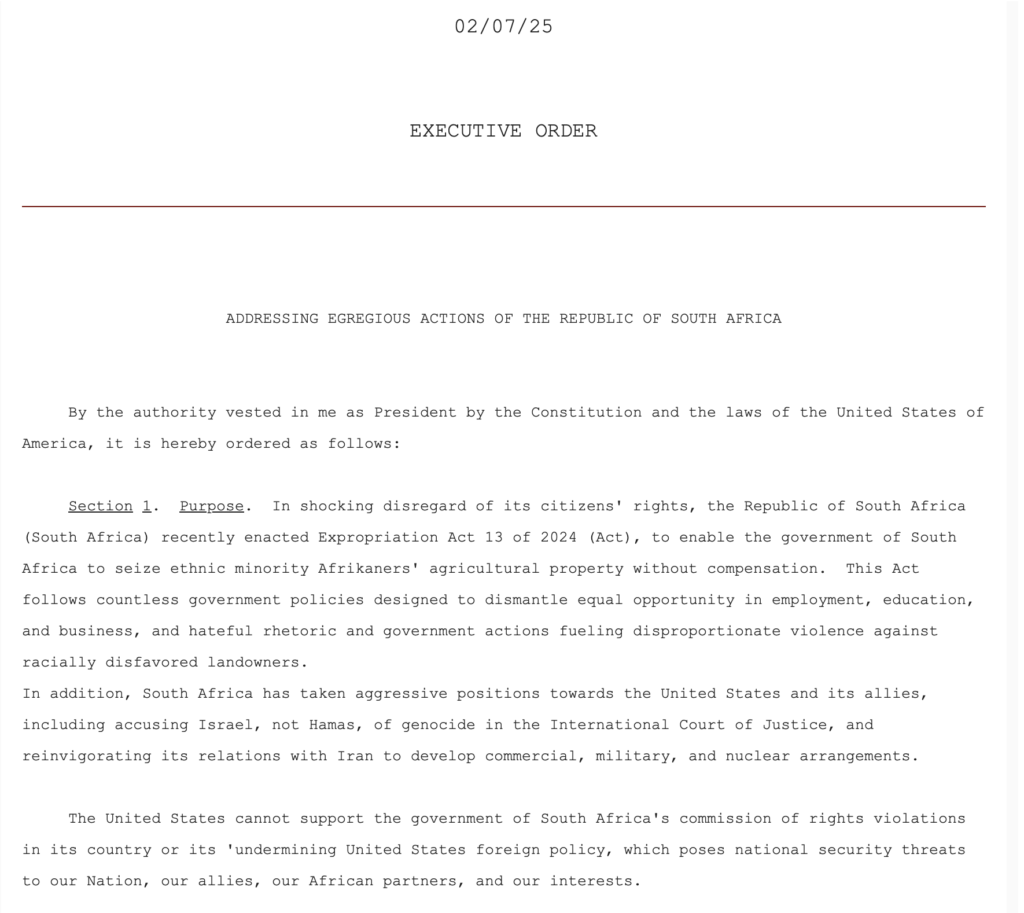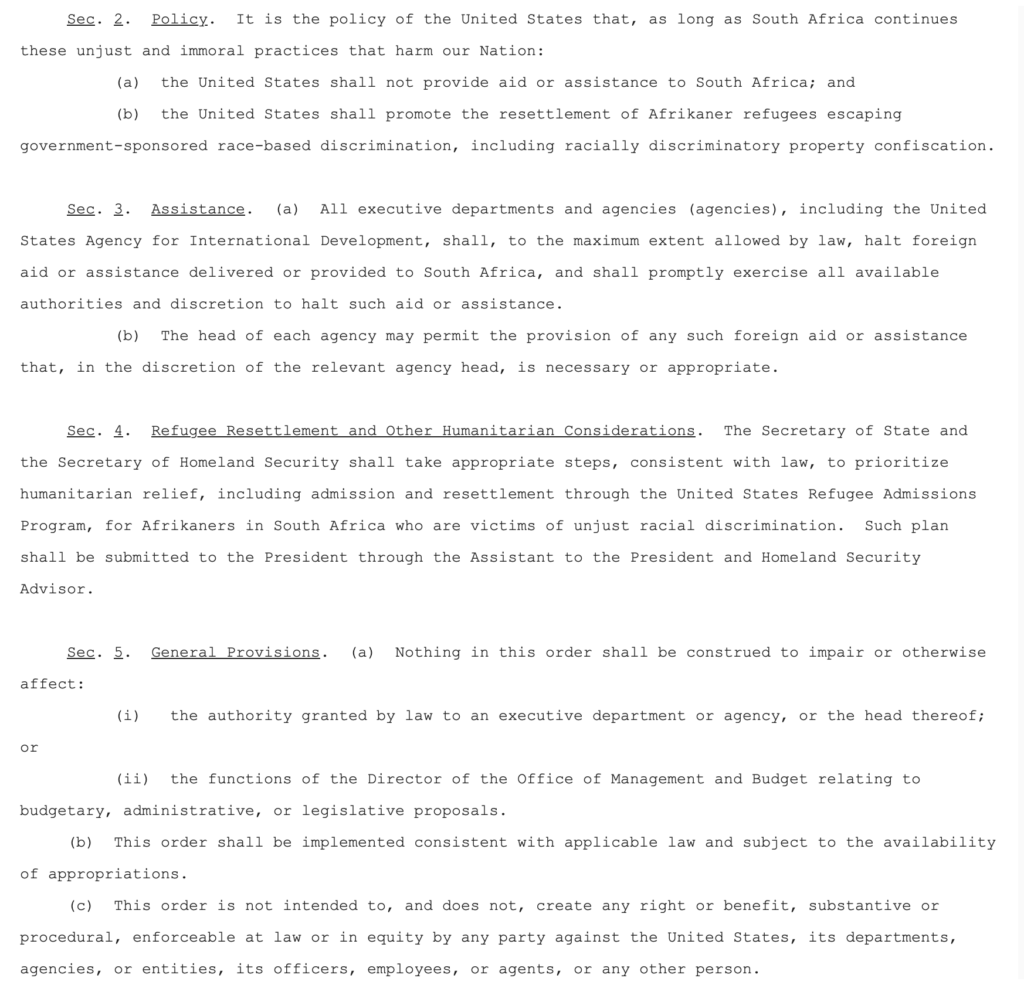With the highly competitive year that was 2024 for 3D printing, new innovations, technological advancements, and design improvements are setting things up for a great year ahead for the top 3D printers of 2025.
From popular use in the design and production of models and accessories to emerging applications in construction, here are the best three consumer 3D printers of 2025.
Creality K2 Plus 3D Printer—K2 Plus Combo
The K2 Plus Combo by Creality is at the top of the high-end 3D printer market of 2025. It went on sale late in 2024; that is when Creality jumped into multi-color 3D printer manufacturing, supporting up to 16 different colors with their intelligent CFSx4 connection.
The build volume of this high-speed 3D printer is 350 × 350 × 350 millimeters. Its step-servo motor system is capable of up to 30,000 mm/s² acceleration, which easily prints complex models and accessories.
Its actively heated chamber and nozzle temperature, reach up to 350°C, making it ideal and compatible with a range of materials such as PLA, ABS, PETG, ASA, and PA-CF.
Starting at $1,499.00 USD for a base K2 Plus Combo with one CFS and four filaments, this printer has received overwhelmingly positive reviews and ratings. It is fast, multi-color enabled, and very easy to set up right out of the box.
Bambu Lab X1 Series —X1 Carbon Combo

Taking the second place in our top 3D printers of 2025 is Bambu Lab X1 Carbon 3D printer.
It’s a popular and widely trusted choice for clean printing capabilities, usually leaving no stringing or artifacts.
The X1C has been one of the leading high-speed multi-color 3D printers, with a print head acceleration of up to 20,000 mm/s². It has dual auto bed leveling Lidar and analog force sensor to make sure the first layer of every print is always set up correctly.
It also supports a wide range of filaments, including carbon and glass fiber-reinforced polymers, which makes it ideal in many 3D printing applications. It starts at $1,399.00 USD.
Prusa MK4S and the Applications of 3D Printing in 2025
The most affordable on our top 3D printers of 2025 is the Prusa MK4S, starting at $999.00 USD for a fully assembled model.

It is worth noting that Prusa 3D printers run on open-source firmware and designs, which makes them easily customizable and perfect for community-driven improvement.
The MK4S features a very user-friendly interface and a native mobile app, which makes the printing process quite straightforward, even for beginners.
Manufacturers are competing to come up with the right technology for new uses that 3D printing seems to promise. These include computer-aided design and modeling in construction, among many others.
Learn More About Us Here: Casavenida.
Also Read: South Africa’s Land Reform: Sovereignty Vs. US Interests?
Watch: Dream Villages – African Concepts: The Forgotten Pitch



